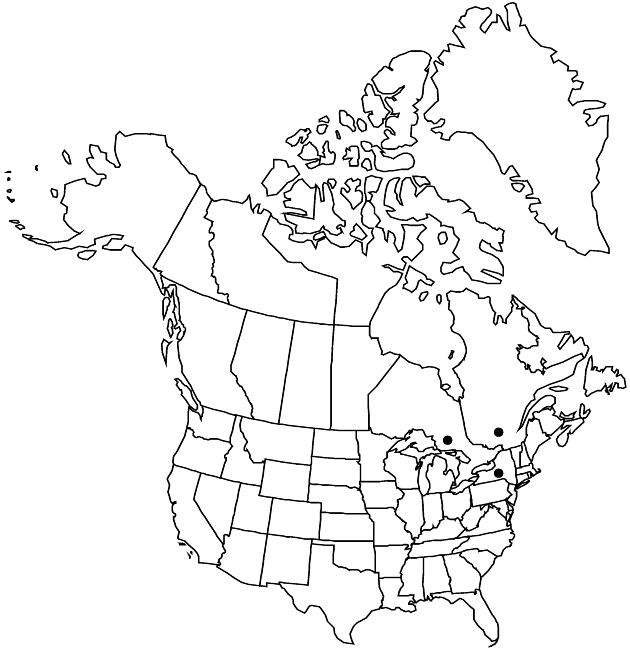Difference between revisions of "Inula britannica"
Sp. Pl. 2: 882. 1753.
FNA>Volume Importer |
FNA>Volume Importer |
||
| Line 31: | Line 31: | ||
-->{{#Taxon: | -->{{#Taxon: | ||
name=Inula britannica | name=Inula britannica | ||
| − | |||
|authority=Linnaeus | |authority=Linnaeus | ||
|rank=species | |rank=species | ||
| Line 46: | Line 45: | ||
|publication year=1753 | |publication year=1753 | ||
|special status= | |special status= | ||
| − | |source xml=https://jpend@bitbucket.org/aafc-mbb/fna-data-curation.git/src/ | + | |source xml=https://jpend@bitbucket.org/aafc-mbb/fna-data-curation.git/src/eaa6e58056e40c9ef614d8f47aea294977a1a5e9/coarse_grained_fna_xml/V19-20-21/V19_795.xml |
|tribe=Asteraceae tribe Inuleae | |tribe=Asteraceae tribe Inuleae | ||
|genus=Inula | |genus=Inula | ||
Revision as of 20:21, 16 December 2019
Plants 10–40(–75) cm. Leaves: basal blades lanceolate, (3–)6–7 cm × 8–20(–30+) mm; cauline blades lance-elliptic to lance-linear, 2–5+ cm × 5–12(–20+) mm, bases ± cordate, clasping, margins entire or serrulate (abaxial faces usually villous, adaxial sparsely strigillose to glabrate). Involucres 7–9(–15) mm diam. Outer phyllaries lance-linear, 4–6 × 0.5–0.8 mm (bases sericeous); inner phyllaries similar, more scarious. Ray florets 40–70+; corolla laminae 10–15+ mm. Disc corollas 4–6 mm. Cypselae 1–1.5 mm, puberulent or glabrate; pappi of 15–25 distinct or basally connate bristles 4–6 mm. 2n = 32.
Phenology: Flowering mid–late summer.
Habitat: Roadsides, waste places
Distribution

Ont., Que., N.Y., Europe.
Discussion
Inula brittanica is probably an occasional escape from garden trash and not truly established in the flora.
Selected References
None.